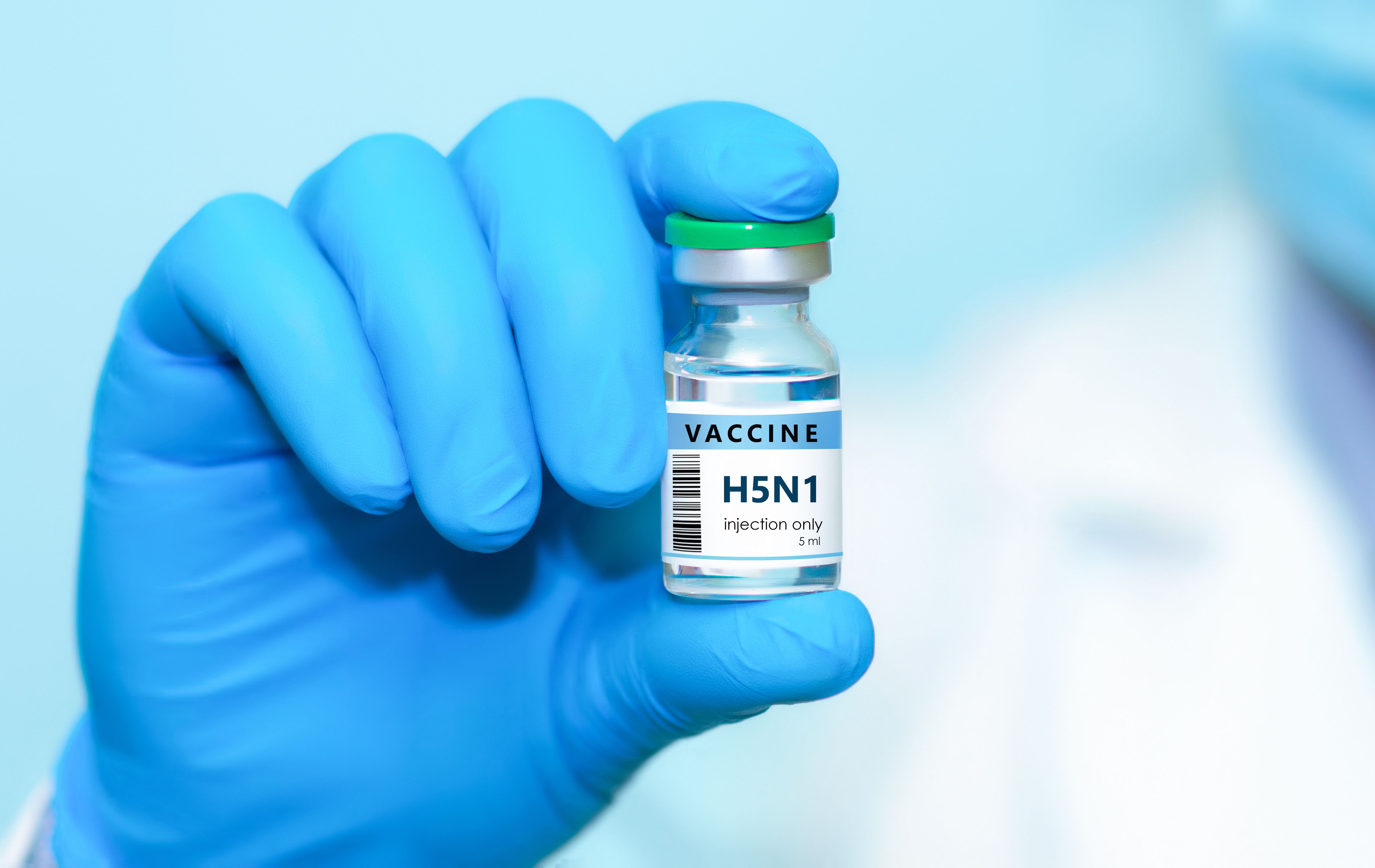Article
SIIPL-PCV Vaccine Can Protect Infants Against Invasive, Mucosal Pneumococcal Disease
Author(s):
The vaccine has robust effects for multiple serotypes of pneumococcal disease.
The 10-valent SIIPL-PCV (Pneumosil; Serum Institute of India)—or pneumococcal conjugate vaccine (PCV)—was found to be as safe and effective against invasive and mucosal pneumococcal disease as the 10-valent PHiD-CV (Synflorix; GlaxoSmithKline) and 13-valent PCV13 (Prevenar 13; Pfizer) vaccines in infants, according to research published in The Lancet.
The SIIPL-PCV generated similar serotype-specific immunoglobulin G (IgG) geometric mean concentrations (GMCs) and opsonophagocytic activity (OPA) as well, when administered as a 2-dose primary series with a booster.
“Our immunogenicity and safety data support the use of SIIPL-PCV according to a 2 + 1 schedule. The vaccine is expected to have similar effectiveness to PCV13 and PHiD-CV,” the study authors wrote.
Pneumococcal pneumonia—alongside a wide variety of other illnesses, such as meningitis— contributes to more than 300,000 childhood deaths each year, particularly in low- and middle-income countries (LMICs). In sub-Saharan Africa, pneumonia is the leading cause of mortality in children under 5 years of age.
PCVs are recommended by the World Health Organization (WHO) to prevent serotype-specific pneumococcal disease. They are administered as a 3-dose primary series without a booster (3 + 0 schedule) for children aged 6 weeks, or a 2-dose primary series with a booster for children aged 9 to 18 months (2 + 1 schedule).
The PHiD-CV, PCV13, and SIIPL-PCV are prequalified PCVs with WHO recommendation, but the latter targets pneumococcal serotypes prevalent in LMICs.
“PHiD-CV and PCV13 are effective at reducing vaccine-type invasive pneumococcal disease, pneumonia…when administered as a 2 + 1 schedule. Based on these data, the effect of SIIPL-PCV on disease and carriage endpoints is expected to be similar,” the study authors wrote in the paper.
The current study aimed to compare the safety and immunogenicity of SIIPL-PCV with PHiD-CV and PCV13 as 2-dose primary series with a booster for infants.
Investigators conducted a single-center, double-blind, active-controlled, randomized, phase 3 trial in The Gambia, part of the London School of Hygiene & Tropical Medicine. They enrolled 660 infants to receive the SIIPL-PCV, PHiD-CV, or PCV13 vaccine between July 18 and November 14, 2019.
According to the results, SIIPL-PCV had effective post-booster and post-primary IgG and OPA antibody responses.
“Post-booster IgG GMCs and OPA GMT) responses generated by SIIPL-PCV were higher than those generated by PHiD-CV for 7 of the 8 shared serotypes (1, 5, 6B, 7F, 9V, 14, and 23F),” the study authors wrote in the paper.
Of the patients who received the SIIPL-PCV booster, 96% had improved IgG concentration for serotypes 6A and 19A, which could be predicative of protection against mucosal disease. Additionally, the SIIPL-PCV’s IgG and OPA antibody responses for serotype 1 were similar, or even higher, than those by the post-primary and post-booster PCV13. This means the SIIPL-PCV could be also capable of epidemic control.
Limitations of the study include that investigators did not monitor the impact of a 2 + 1 scheduled SIIPL-PCV against disease endpoints after it was administered, and differences in seroresponse rates and antibody concentrations are not exact.
“[SIIPL-PCV] is expected to have a similar effectiveness on invasive and mucosal pneumococcal disease to that shown by PCV13 and PHiD-CV, when administered according to the same schedule,” the study authors wrote. “[It’s] likely to translate into vaccine effectiveness.”
Reference
Adigweme I, Futa A, Saidy-Jah E, et al. Immunogenicity and safety of a 10-valent pneumococcal conjugate vaccine administered as a 2 + 1 schedule to healthy infants in The Gambia: a single-centre, double-blind, active-controlled, randomised, phase 3 trial. The Lancet. January 10, 2023. doi.org/10.1016/S1473-3099(22)00734-4






